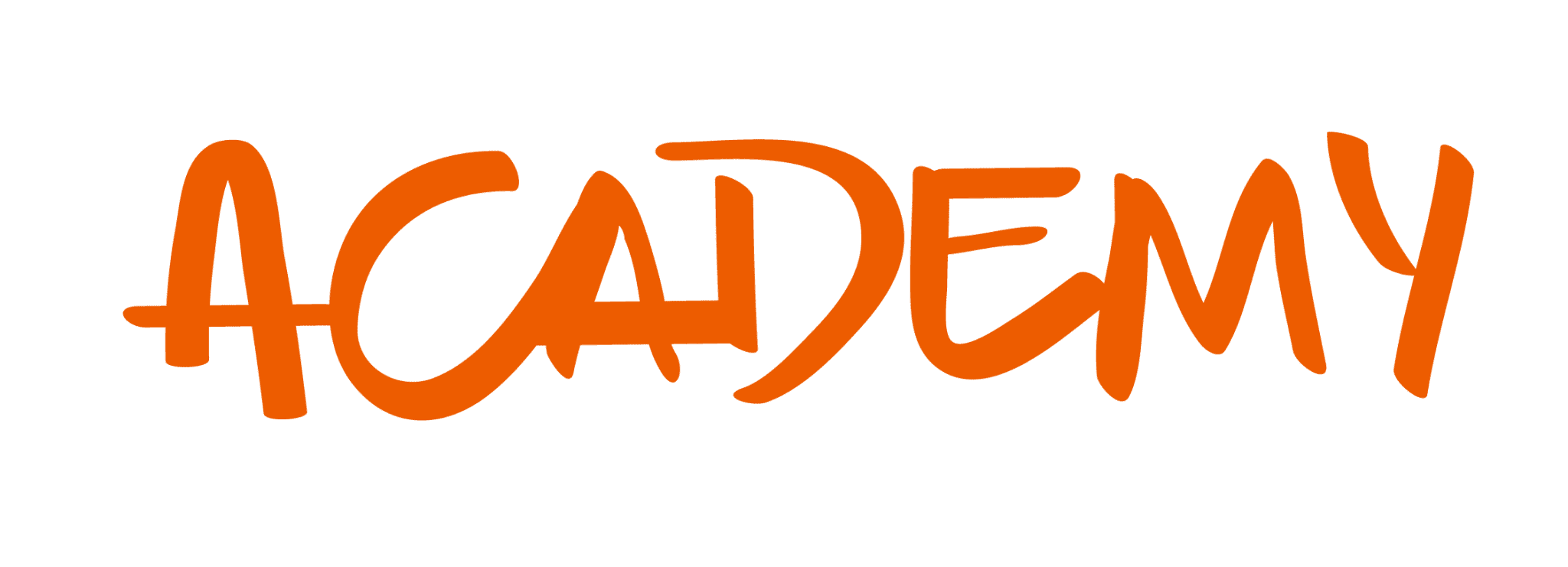Now more than ever, creative agencies need to stand out by delivering real value to their clients. Crafting a unique value proposition (UVP) is the key to capturing the attention of ideal clients and building lasting relationships. This approach ensures clear communication of the tangible benefits your agency offers, positioning it as an essential choice for those seeking effective solutions.
What is a unique value proposition?
A unique value proposition (UVP) is a strategic statement that clearly explains why a creative agency stands out from its competitors. More than just a list of services, it specifically describes how clients benefit from working with you—from solving their primary challenges to achieving their business goals with tangible and differentiated results.
Develop a powerful value proposition in four steps
1. Know your ideal client
To create a relevant UVP, you need to deeply understand your ideal client. This involves identifying their specific needs, the challenges they face, and their most important aspirations. Conduct detailed research and interviews to uncover:
- The concrete challenges they face in their industry and how these hinder their growth.
- The attributes they consider indispensable in a provider or strategic partner.
- The clear goals they aim to achieve and their specific expectations regarding outcomes.
2. Define your differentiator
Think deeply about what makes your agency truly special. It could be your innovative approach, extensive expertise in a highly specialized sector, or the proven results you consistently deliver. Your differentiator should not only make you stand out but also align perfectly with the urgent needs and strategic priorities of your clients. Take the time to articulate it precisely, ensuring it is memorable and relevant.
3. Focus on benefits, not just features
Clients seek to solve problems and achieve clear objectives, not just hire services. It is essential to demonstrate the tangible impact your work can generate for their business. For example:
- Increased sales or conversions through personalized and effective strategies.
- Strong brand positioning in their target market thanks to a unique strategic approach.
- Streamlined internal processes that lead to greater efficiency and savings on key resources.
When communicating these benefits, be sure to use real examples or metrics that enhance the credibility of your proposition.
4. Simplify and communicate clearly
An effective UVP should be easy to understand, memorable, and directly relevant to the client’s interests. Use clear and direct language that highlights the specific value you can provide, avoiding jargon that could confuse or dilute your message. Ensure your UVP communicates a specific and differentiated benefit that inspires trust.
Examples of effective value propositions
- “We help sustainable fashion brands connect with conscious consumers through creative strategies that double their online sales, fostering responsible practices in every interaction.”
- “We specialize in digital storytelling for tech startups, creating campaigns that not only drive traffic but also build lasting loyalty and a solid digital presence.”
- “We optimize the time and resources of B2B agencies with customized design solutions that maximize profitability, ensuring scalable and sustainable results.”
Benefits of a well-defined value proposition
- Attract the right clients: A clear UVP acts as an effective filter, separating clients who truly value what you offer from those who do not align with your approach. This allows you to dedicate time and resources exclusively to those who share your goals and appreciate your value.
- Facilitate conversion: Prospects quickly understand how you can address their specific needs, reducing doubts and significantly speeding up the decision-making process, bringing them to action faster.
- Build trust: A concrete UVP backed by measurable results establishes a solid foundation of trust from the first contact. This trust becomes a fundamental pillar for long-term business relationships.
- Sustainable differentiation: It positions your agency as a distinctly unique option, standing out from the competition by offering something that is not only valuable but also indispensable to your clients.
Taking your value proposition to the next level
Once your UVP is defined, maximize its impact by integrating it consistently across all aspects of your communication and strategies:
- Website: Make your UVP shine on the homepage, highlighting it as the central focus of your message. Include it in key sections such as “About Us” and “Services” to reinforce its relevance.
- Sales Presentations: Design presentations that not only mention your UVP but demonstrate how it translates into concrete results for the client. Use success stories and specific examples to support your claims.
- Marketing Campaigns: Transform your UVP into the central message of your campaigns. Tailor the language and formats to emotionally connect with different audiences, using your UVP as the guiding thread to capture attention and drive conversion.
Conclusion
A unique value proposition is more than just a statement—it is the strategic engine that aligns your expertise with the most urgent needs and key goals of your ideal clients. By defining it clearly and precisely, you can highlight the specific benefits you offer, showing how you can solve concrete problems, drive tangible results, and build strong relationships based on trust and real value. With a well-crafted UVP, you will not only position your agency as the ideal solution but also solidify your place as a trusted leader in a demanding and dynamic market.














